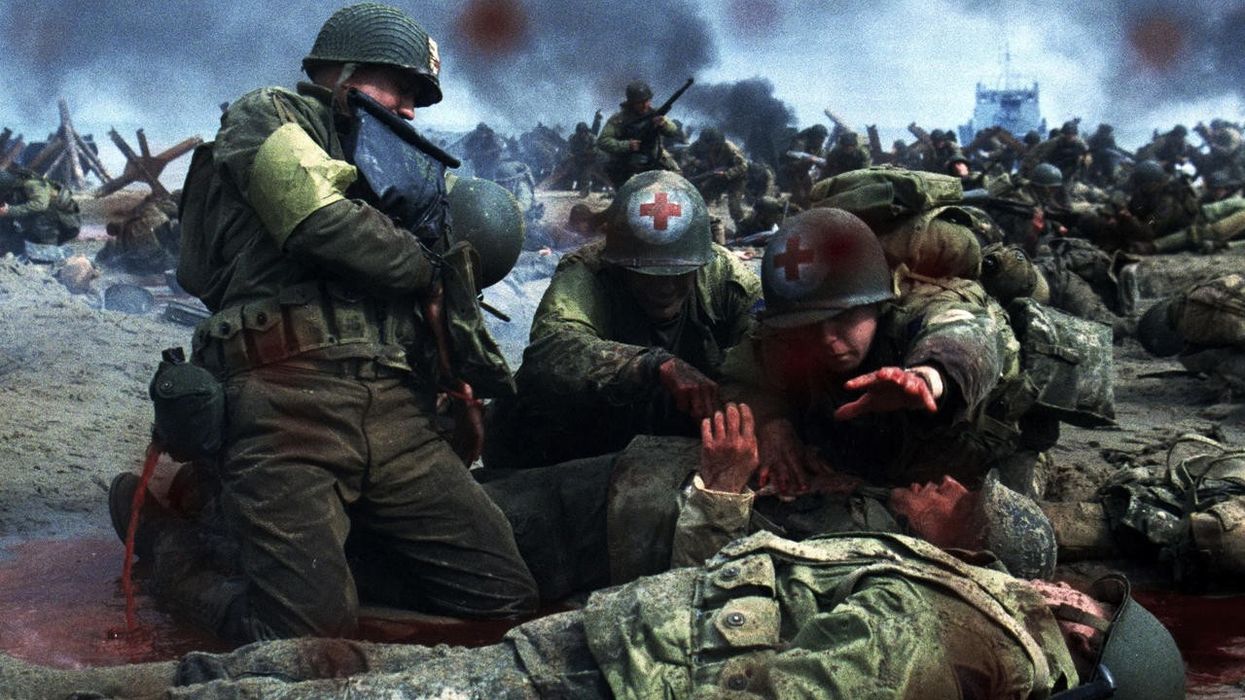How Steven Spielberg's Battlefield Camera Captures Chaos with Clarity
How does Steven Spielberg construct a battle scene?

Saving Private Ryan has been called one of the most realistic depictions of war ever put to celluloid, even triggering painful memories of D-Day for some WWII veterans suffering from PTSD. So, how was Steven Spielberg able to so accurately capture the horror and chaos of the Normandy invasion, while still managing to keep the audience informed and oriented within the diegesis? Evan Puschak explains the director's unique cinematic approach in this video essay.
There have been many directors who have made films made about D-Day, but none have quite been able to capture that which Spielberg did in 1998 with Saving Private Ryan. Of course, the adjectives most would use to describe that first battle scene would be "realistic", "authentic", and "immersive", and rightfully so. Spielberg used several cinematic techniques to put the viewer right there on Omaha Beach alongside the Allied Forces. By using handheld camera movements (which mimicked the work of real WWII cameramen), editing, and sound design, Spielberg was able to recreate the chaos, bewilderment, and confusion of battle.
"Anyone can capture chaos, but only the best can capture chaos with clarity."
However, Puschak brings up a great point about Spielberg's work in the battle scenes in Saving Private Ryan, that while they manage to capture the chaos of war, they are also coherent. As he describes, Spielberg was extremely economical when it came to shot selection, often including a wide, medium, close-up, and insert shot in a single take. And each shot sprung from the action of the previous one.
This, along with his immersive camera techniques, allowed the viewer to have a very unique and powerful experience while watching the scene, one that hasn't quite been replicated since—the viewer was able to watch the battle unfold and be disoriented emotionally but not mentally. As Puschak puts it, Spielberg, with his expertly planned camera movements and techniques, was able to capture chaos with clarity.
Source: Nerdwriter












